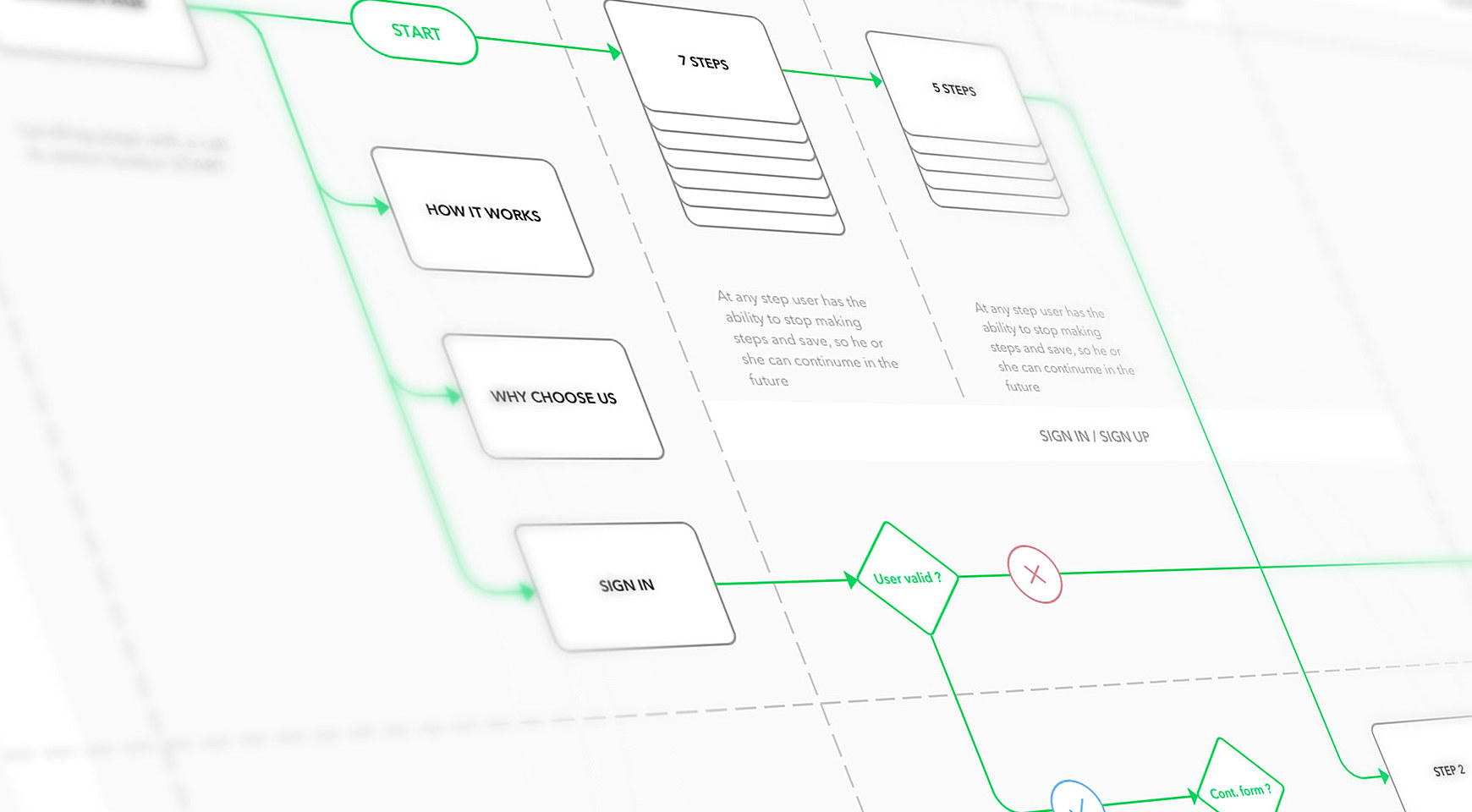Let's Talk
We would love to hear from you. Want to know more about our services or have any questions? Say Hi!
Why Website Design Can Make or Break Your E-Commerce Business

Your e-commerce website is often mistaken to be a simple digital storefront, but business owners will do a lot better realising that it is your brand identity too!
The site is often the first impression that potential customers get of your brand. Let that sink in.
According to research from Invesp, 94% of users form their initial opinion of a website within the first few seconds, and 38% of users will stop engaging with a website if the layout or content is unattractive.
The right design can build trust, improve user experience, and drive sales. In contrast, a poorly designed website can deter customers, weaken your credibility, and damage your conversion rates. For example, a well-crafted homepage by a branding agency not only showcases your products but also aligns with a cohesive brand strategy agency’s efforts to ensure your business stands out in a crowded marketplace.
The Evolution of E-Commerce Website Design
Over the years, e-commerce design strategies have shifted significantly, adapting to changing consumer expectations and technological advancements.
A quick look at the evolution reveals how priorities have shifted:
| Period | Design Focus | Key Features |
| 2000s | Static layouts | Simple HTML pages, limited interactivity |
| 2010s | Responsive and mobile-first design | Enhanced user experience on multiple devices |
| 2020s | AI-driven personalisation, visual storytelling | Dynamic, engaging, and highly tailored experiences |
This evolution focuses on the changing design trends and tools and how ecommerce stores could remain competitive. The website design of these portals help in attracting the right attention from the audience and drives sales like no other factor can.
Key Elements of Effective E-Commerce Website Design
To keep visitors engaged and encourage them to make purchases, e-commerce websites must incorporate certain critical elements. Here are some of the most impactful design practices:
- Clear Navigation: Simplified menu structures help users find products quickly, while visible search bars and filters enhance the browsing experience.

- Mobile-Friendly Design: Mobile commerce accounts for over half of e-commerce traffic globally (Statista). Responsive design ensures your site works seamlessly on any device.
- Fast Load Times: Even a one-second delay can cause a 7% reduction in conversions (Neil Patel’s blog). Optimising images and using efficient coding practices can improve speed.
- Strong Visual Branding: Consistent colours, fonts, and imagery reflect your brand identity. High-quality product images and professional graphics help build credibility.
For instance, Amazon’s user-friendly navigation and comprehensive search functions set the standard for convenience, while Zara’s mobile site mirrors its desktop version’s aesthetic and usability, offering a consistent brand experience.
Similarly, Nike’s sleek product photography and typography reinforce its position as an industry leader. Brands usually need to keep refreshing their site design to make an undeniable impression in the minds of their intended audience. Marketers and designers need to track design standards and the aesthetic pulse of the crowd to keep their portals alive and kicking!

Image Reference from here.
Here are some of the basic design elements that cannot be compromised:
1. Ensuring a Secure Shopping Environment
Beyond aesthetics, a well-designed e-commerce website should instill trust and security. Shoppers need to feel confident when sharing sensitive information like payment details. Incorporating SSL certificates, displaying trust badges, and offering multiple secure payment gateways not only protect customers but also reassure them that their transactions are safe. This added trust often translates to higher conversion rates and increased customer loyalty.
2. Integrating Customer-Centric Features
A truly effective e-commerce website goes beyond the basics by adding features that cater directly to customer needs:
- Product Recommendations: Offering personalised suggestions based on browsing and purchase history.
- User Reviews and Ratings: Enabling customers to share feedback, helping new buyers make informed decisions.
- Live Chat Support: Providing instant assistance to address queries and concerns in real-time.
- Flexible Return Policies: Building trust by making returns and exchanges hassle-free.
When customers encounter these thoughtful features, they’re more likely to trust the brand, return for future purchases, and recommend the site to others.
3. Differentiating from Competitors
While many e-commerce websites follow standard design practices, the best sites go a step further by integrating advanced features and personal touches. Adding interactive elements such as product configurators or real-time chat support can elevate the shopping experience.
Focusing on storytelling—like showcasing the origin story of your brand or highlighting sustainable practices—adds depth and builds emotional connections with customers. Brands that implement these unique elements often see increased engagement and loyalty.
Conclusion
Website design is one of the most pivotal aspects that power ecommerce stores. A well-designed website built by a competent branding agency in collaboration with a strategic brand strategy agency ensures your business attracts customers and keeps them interested. By focusing on clear navigation, mobile-friendly layouts, fast load times, and cohesive visual branding, you can turn first-time visitors into loyal buyers and establish your e-commerce site as a trusted authority.
Remember, every design choice you make shapes how customers perceive your brand. Make those choices count.


